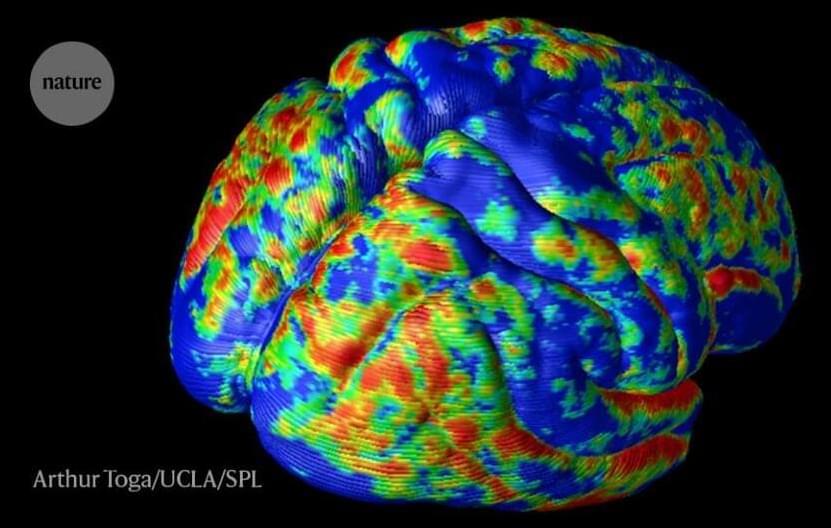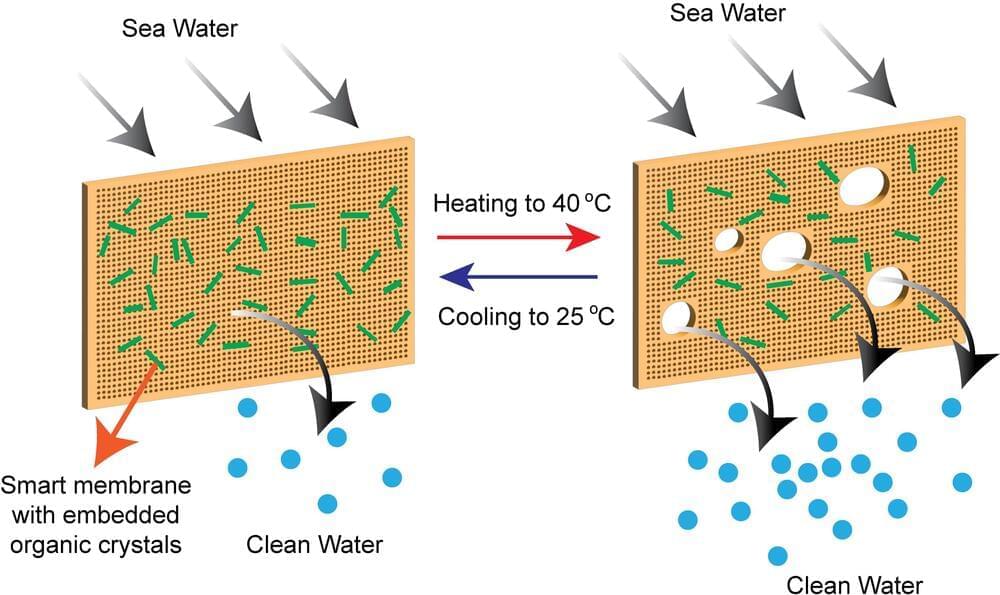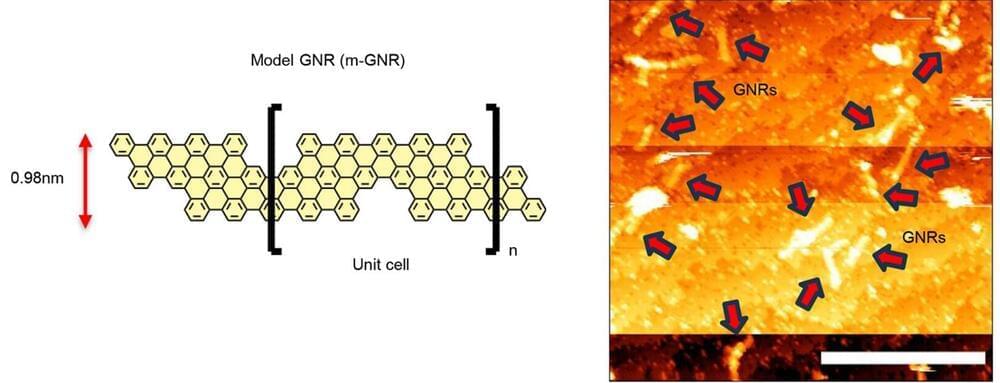A new Boston Dynamics office in Frankfurt, Germany will provide sales, services, and field engineering support for European customers.



The study’s authors compared the influence of two components of the brain’s physical structure: the outer folds of the cerebral cortex — the area where most higher-level brain activity occurs — and the connectome, the web of nerves that links distinct regions of the cerebral cortex. The team found that the shape of the outer surface was a better predictor of brainwave data than was the connectome, contrary to the paradigm that the connectome has the dominant role in driving brain activity. “We use concepts from physics and engineering to study how anatomy determines function,” says study co-author James Pang, a physicist at Monash University in Melbourne, Australia.
A model of the brain’s geometry better explains neuronal activity than a model based on the ‘connectome’.

Today, we are living in the midst of a race to develop a quantum computer, one that could be used for practical applications. This device, built on the principles of quantum mechanics, holds the potential to perform computing tasks far beyond the capabilities of today’s fastest supercomputers. Quantum computers and other quantum-enabled technologies could foster significant advances in areas such as cybersecurity and molecular simulation, impacting and even revolutionizing fields such as online security, drug discovery and material fabrication.
An offshoot of this technological race is building what is known in scientific and engineering circles as a “quantum simulator”—a special type of quantum computer, constructed to solve one equation model for a specific purpose beyond the computing power of a standard computer. For example, in medical research, a quantum simulator could theoretically be built to help scientists simulate a specific, complex molecular interaction for closer study, deepening scientific understanding and speeding up drug development.
But just like building a practical, usable quantum computer, constructing a useful quantum simulator has proven to be a daunting challenge. The idea was first proposed by mathematician Yuri Manin in 1980. Since then, researchers have attempted to employ trapped ions, cold atoms and superconducting qubits to build a quantum simulator capable of real-world applications, but to date, these methods are all still a work in progress.

A genetically engineered marine microorganism is shown to break down polyethylene terephthalate (PET) in saltwater. This plastic, used in everything from water bottles to clothing, is a significant contributor to microplastic pollution in oceans.
“This is exciting because we need to address plastic pollution in marine environments,” says Nathan Crook, corresponding author of a paper on the work and an assistant professor of chemical and biomolecular engineering at North Carolina State University.
Femtotech: Computing at the femtometer scale using quarks and gluons.
How the properties of quarks and gluons can be used (in principle) to perform computation at the femtometer (10^−15 meter) scale.
I’ve been thinking on and off for two decades about the possibility of a femtotech. Now that nanotech is well established, and well funded, I feel that the time is right to start thinking about the possibility of a femtotech.
You may ask, “What about picotech?” — technology at the picometer (10-12m) scale. The simple answer to this question is that nature provides nothing at the picometer scale. An atom is about 10–10 m in size.
The next smallest thing in nature is the nucleus, which is about 100,000 times smaller, i.e., 10–15 m in size — a femtometer, or “fermi.” A nucleus is composed of protons and neutrons (i.e., “nucleons”), which we now know are composed of 3 quarks, which are bound (“glued”) together by massless (photon-like) particles called “gluons.”
Hence if one wanted to start thinking about a possible femtotech, one would probably need to start looking at how quarks and gluons behave, and see if these behaviors might be manipulated in such a way as to create a technology, i.e., computation and engineering (building stuff).
In this essay, I concentrate on the computation side, since my background is in computer science. Before I started ARCing (After Retirement Careering), I was a computer science professor who gave himself zero chance of getting a grant from conservative NSF or military funders in the U.S. to speculate on the possibilities of a femtotech. But now that I’m no longer a “wager,” I’m free to do what I like, and can join the billion strong “army” of ARCers, to pursue my own passions.
When the spinal cords of mice and humans are partially damaged, the initial paralysis is followed by the extensive, spontaneous recovery of motor function. However, after a complete spinal cord injury, this natural repair of the spinal cord doesn’t occur and there is no recovery. Meaningful recovery after severe injuries requires strategies that promote the regeneration of nerve fibers, but the requisite conditions for these strategies to successfully restore motor function have remained elusive.
“Five years ago, we demonstrated that nerve fibers can be regenerated across anatomically complete spinal cord injuries,” says Mark Anderson, a senior author of the study. “But we also realized this wasn’t enough to restore motor function, as the new fibers failed to connect to the right places on the other side of the lesion.” Anderson is the director of Central Nervous System Regeneration at. NeuroRestore and a scientist at the Wyss Center for Bio and Neuroengineering.
Working in tandem with peers at UCLA and Harvard Medical School, the scientists used state-of-the-art equipment at EPFL’s Campus Biotech facilities in Geneva to run in-depth analyses and identity which type of neuron is involved in natural spinal-cord repair after partial spinal cord injury.

For years, researchers have tried various ways to coax quantum bits — or qubits, the basic building blocks of quantum computers — to remain in their quantum state for ever-longer times, a key step in creating devices like quantum sensors, gyroscopes, and memories.
A team of physicists from MIT
MIT is an acronym for the Massachusetts Institute of Technology. It is a prestigious private research university in Cambridge, Massachusetts that was founded in 1861. It is organized into five Schools: architecture and planning; engineering; humanities, arts, and social sciences; management; and science. MIT’s impact includes many scientific breakthroughs and technological advances. Their stated goal is to make a better world through education, research, and innovation.
Play EVE Online ➡️ https://eve.online/Ridddle_EN_megastructures.
In this video, we explore the biggest construction sites of the future — the ones that will one day provide us with real megastructures of all kinds and purposes.
From space elevators and Dyson spheres, to enormous ships and gargantuan space stations to live in. But we won’t just marvel at their scale — the real questions are: could we really build all these in the near future, what tech do we need to get the job done, and ultimately, will it work as intended, or these megastructures will turn out to be megagraves?
In our analysis we well use real engineering projects, as well as top sci-fi examples from books, movies and also from the unique world of massive multiplayer online game EVE Online.
EVE Online — (https://eve.online/Ridddle_EN_megastructures) It is set in a rich sci-fi universe, where players can create their own character and explore a vast and complex virtual world built according to the well-thought set of consistent in-world rules.
The game is known for its intricate economy, politics, and warfare mechanics, where players can engage in a variety of activities, including mining resources, trading, fighting, and of course, building numerous megastructures with rich customisation options.

A team of NYU Abu Dhabi (NYUAD) researchers has developed a new kind of self-cleaning, hybrid membrane that provides a solution that overcomes significant challenges that have, until now, limited desalination technologies.
The most energy-efficient desalination technologies are based on membrane desalination. However, the membranes used for desalination are prone to fouling, the accumulation of scale that results in decreased membrane performance, shorter lifespan, and the need for chemical cleaning, which has unknown environmental consequences.
Researchers at NYUAD’s Smart Materials Lab and the Center for Smart Engineering Materials, led by Professor Panče Naumov and Research Scientist Ejaz Ahmed, together with their collaborators from the Institute for Membrane Technology in Italy, created a unique hybrid membrane by utilizing stimuli-responsive materials, thermosalient organic crystals, embedded in polymers. The thermosalient crystals are a new class of dynamic materials that are capable of sudden expansion or motion upon heating or cooling.

Researchers have developed a method of “wiring up” graphene nanoribbons (GNRs), a class of one-dimensional materials that are of interest in the scaling of microelectronic devices. Using a direct-write scanning tunneling microscopy (STM) based process, the nanometer-scale metal contacts were fabricated on individual GNRs and could control the electronic character of the GNRs.
The researchers say that this is the first demonstration of making metal contacts to specific GNRs with certainty and that those contacts induce device functionality needed for transistor function.
The results of this research, led by electrical and computer engineering (ECE) professor Joseph Lyding, along with ECE graduate student Pin-Chiao Huang and materials science and engineering graduate student Hongye Sun, were recently published in the journal ACS Nano.